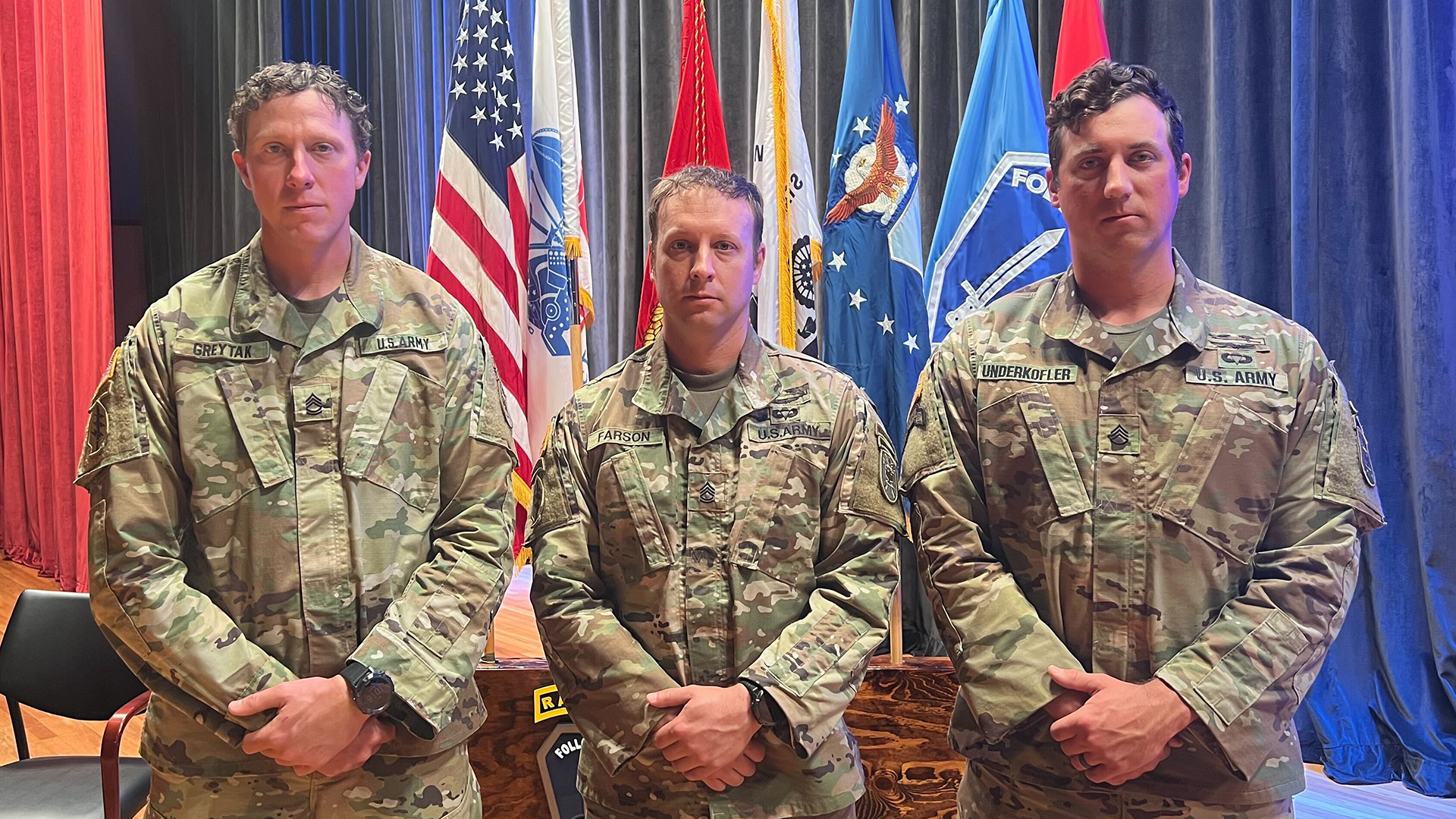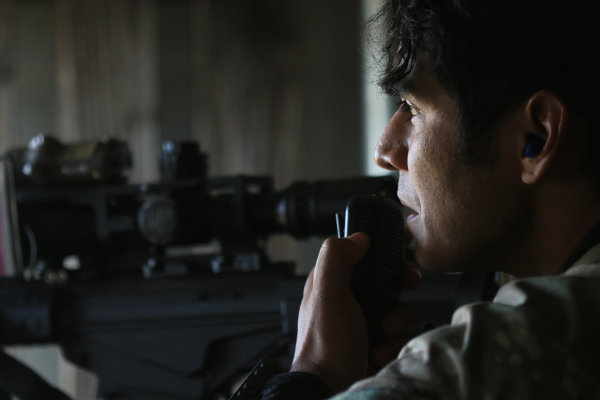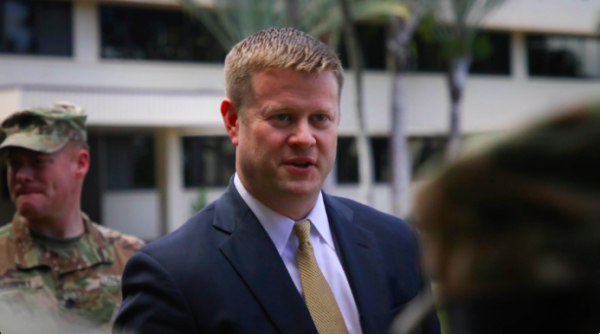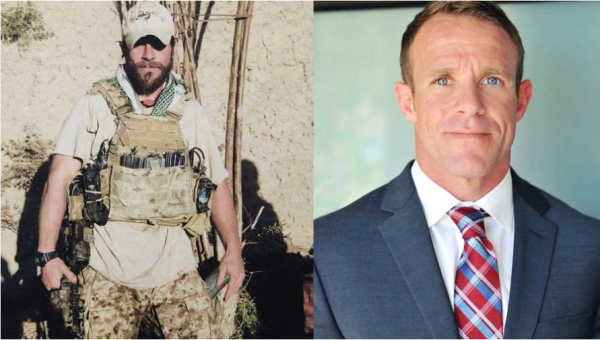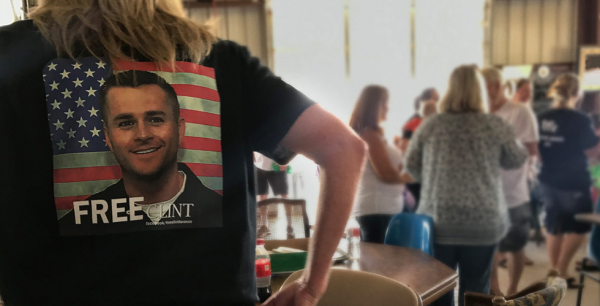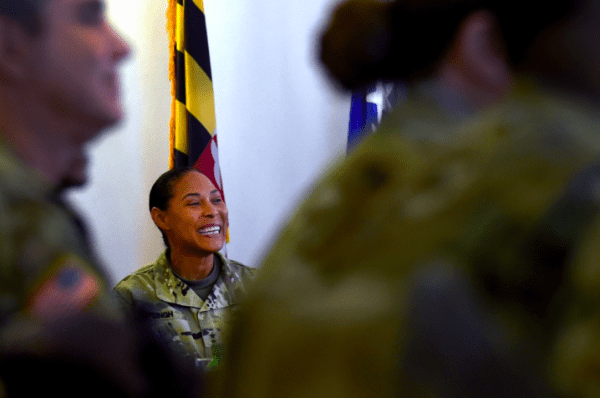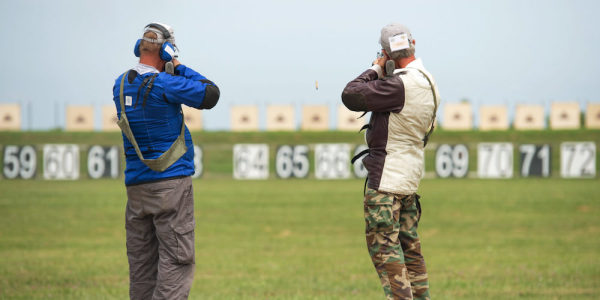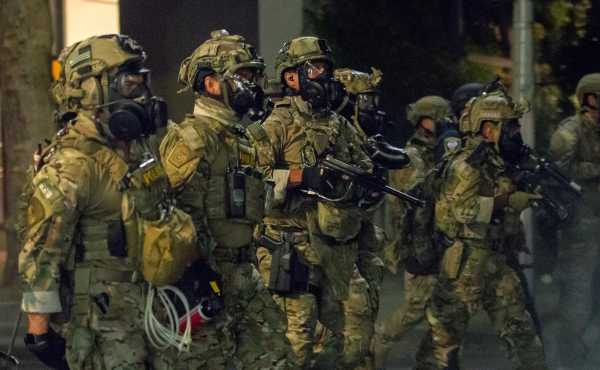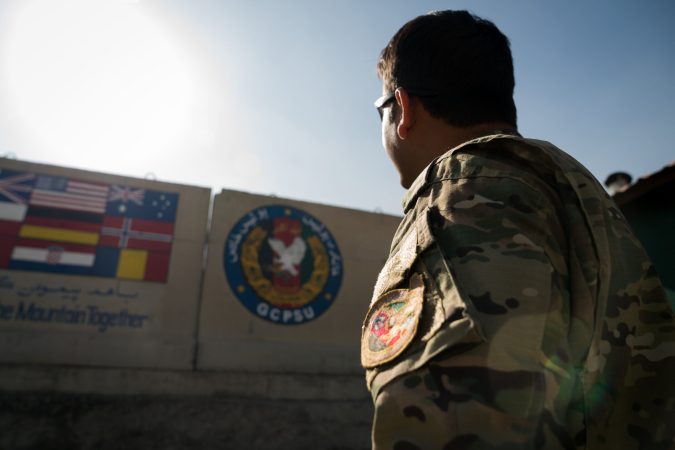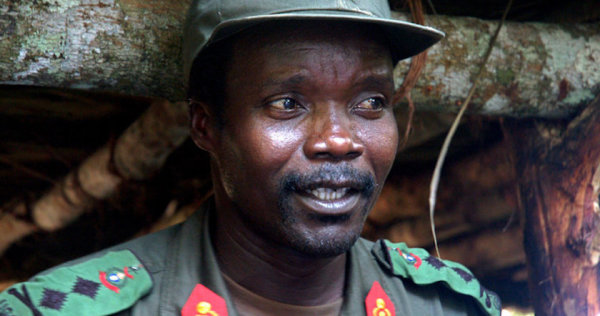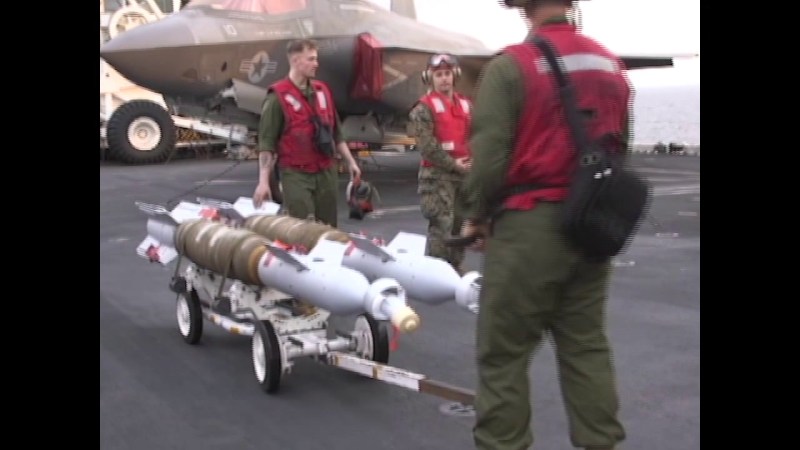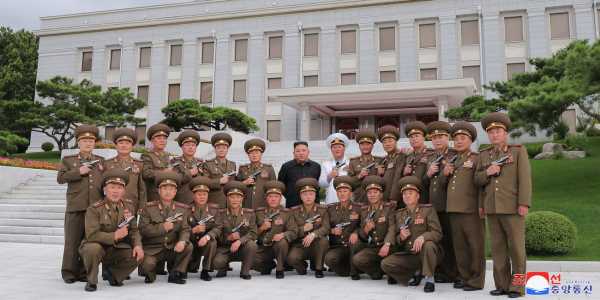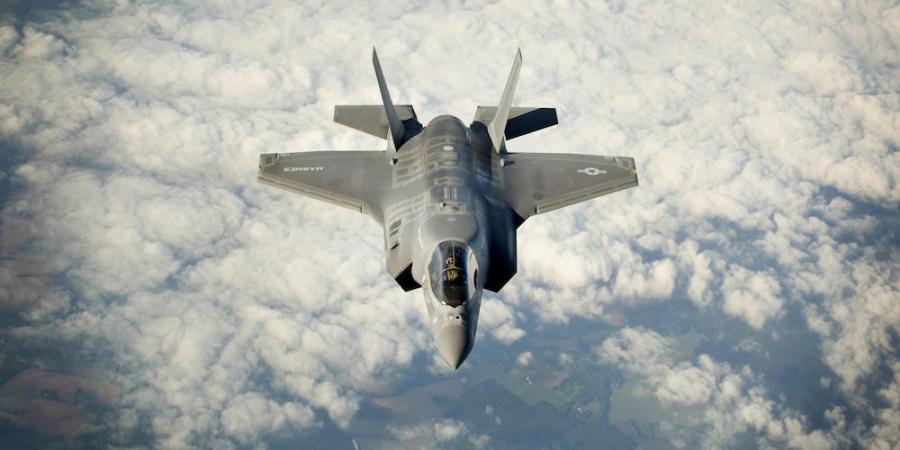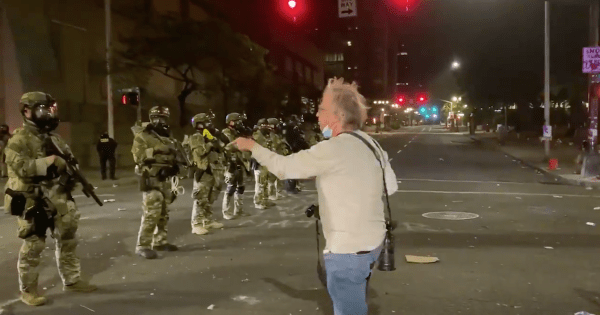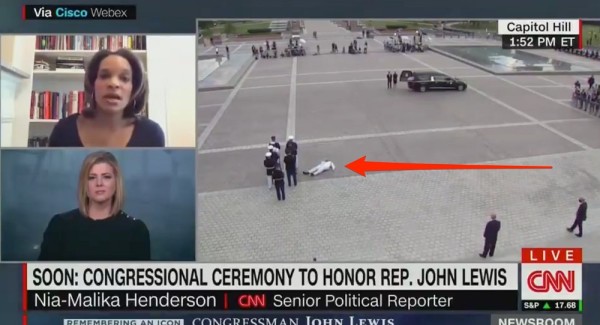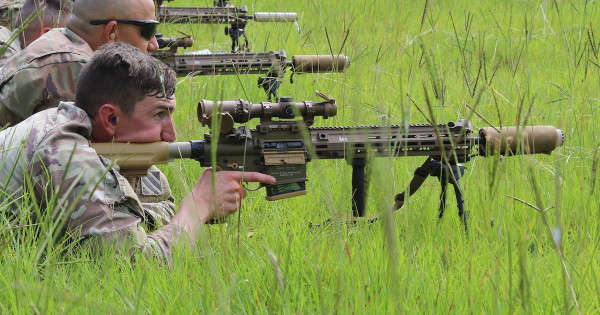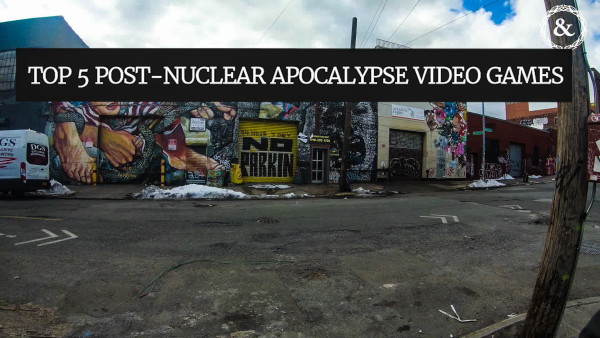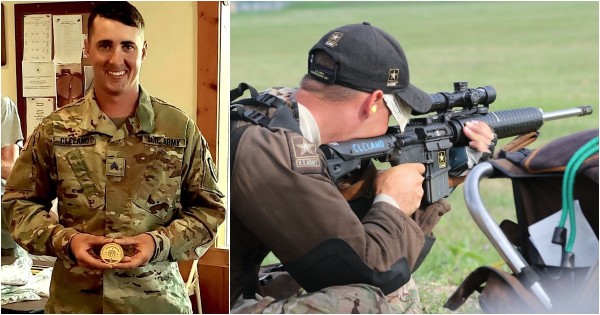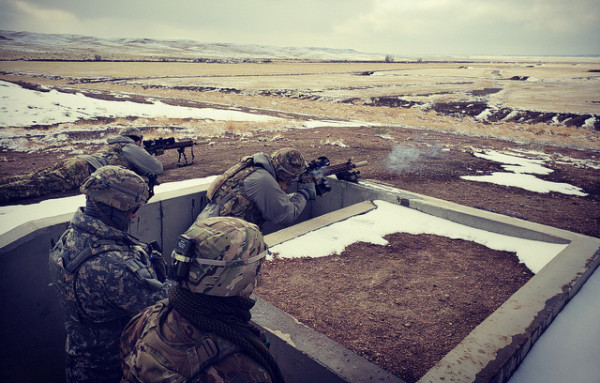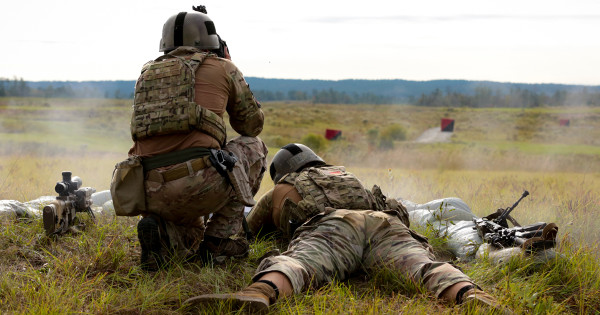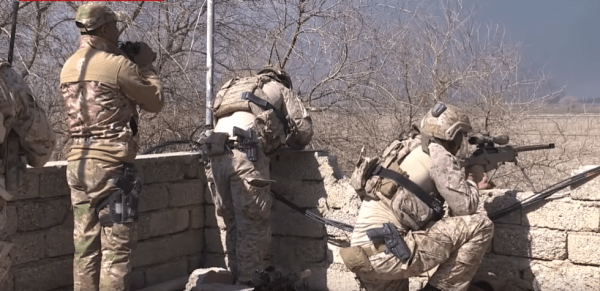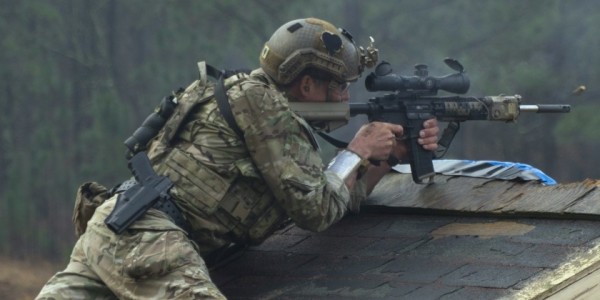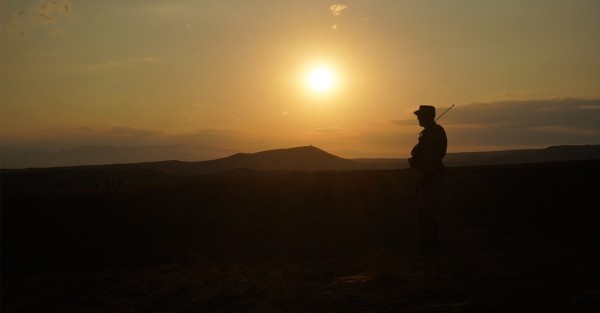A three-man sniper team from the U.S. Army’s 2nd Special Warfare Training Group (Airborne) has been officially named the world’s best after three grueling days of physically and mentally demanding events during the 2022 International Sniper Competition in Fort Benning, Georgia.
Organized by the U.S. Army Sniper School, the competition drew 30 three-man teams from both U.S. and foreign militaries, including competitors from the United Kingdom, Australia, Germany, Denmark, Sweden, and Israel. This was the first year that the competition tested three-man teams instead of the usual two-man teams.
This year’s winners with 2nd Special Warfare Training Group (Airborne) are Sgt. 1st Class Greytak, Sgt. 1st Class Farson, and Staff Sgt. Underkofler. Their names were provided under the condition only their ranks and last names be used. The soldiers are assigned to the John F. Kennedy Special Warfare Center and School at Fort Bragg, North Carolina. The 2nd Special Warfare Training Group oversees advanced tactical and operational training for special operations soldiers.
Rounding out the top three were teams from the 3rd Ranger Battalion, 75th Ranger Regiment based at Fort Benning, Georgia in second place, and the Marine Corps School of Infantry-West from Camp Pendleton, California in third.
After the clock struck midnight on Monday, the sniper teams began a rigorous series of events meant to mirror a combat mission. They started by navigating to various rendezvous points while infiltrating a mock enemy “area of operations” called Flavor Town.
“Enemy forces operating within [Area of Operations] Flavor Town are known to utilize unmanned aerial surveillance (UAS), K9 detection teams, thermal and night vision surveillance devices, light mobility vehicles, and foot patrols,” reads a description of the event. Capt. David Wright, a company commander at the U.S. Army Sniper School, told Task & Purpose the “only way to get to the fight, what we think of the next fight, is going to be a low-observable option” like a sniper team infiltrating an area on foot.
Subscribe to Task & Purpose Today. Get the latest in military news, entertainment, and gear in your inbox daily.
While working through the checkpoints, the teams were shown a photo of a face meant to represent a “general” who was a high-priority target. They were also shown a “full exposure body shot” from the waist to the top of the head, showing a military uniform. Then after completing the infiltration, the teams went on to the “execution” of the mission and moved to the shooting portion of the competition.
Not only were their shooting abilities tested on their rifles and pistols, at both stationary and moving targets, but they also had to demonstrate their ability to maintain information under stress and their ability to communicate as a team.
“One of the most difficult things we will do is, we’re going to try to confuse the teams and make them communicate,” said Staff Sgt. Andrew Dominguez, a sniper instructor at Fort Benning. “We learned that anybody can shoot, but how you communicate and how effective that is gets the higher hit percentages.”
During one event titled Red Ants III, the teams had to sprint towards a stranded Humvee with a simulated casualty inside. The team had to administer first aid and carry the 160-pound dummy with them to the extraction point, all while engaging targets around the range.

“Those are evaluating core skills,” Wright said. “And they were all variations, record fire events, that occur within the United States Army sniper course. We had fun names, we put gimmicks out there to make them more entertaining, we ramp up the difficulty and extend the ranges because these are the best snipers in the world … but at the base level, these are still the record fire events at the sniper course.”
And as if the events themselves weren’t demanding enough, the teams got little sleep throughout the competition — mostly chugging energy drinks and eating Meals, Ready-to-Eat (MREs) and granola bars. The competition got even more miserable on Tuesday due to ceaseless rain and thunderstorms. The weather was so rough that a scheduled stalking exercise had to be canceled that evening due to tornado watches in the area.
By Wednesday morning as the teams worked through their second-to-last exercise, most were soaked through and caked with mud. The agenda for the day included the exfiltration of Flavor Town, in which the teams had to exit a safe house and make their way to three separate rendezvous points in the woods before finishing at another range at Fort Benning, a mile and a half away. The team with the fastest time received a full 100 points for the event.
At the final event, the snipers had an opportunity to take out the high-priority target they were shown a photo of on the very first day: “The general” shown to them on Monday with his “entourage,” including his driver, bodyguard, and a deputy commander. The images of those targets were placed onto robots which moved back and forth on the range; the general was placed roughly 750 meters away, with his team staged around the range slightly closer.
The teams were given four minutes and two rounds of ammo each to take out the targets.
All of the teams were no doubt exhausted, but those watching could tell how much fun they were having. The sniper community is a small one, thanks to the intense training to earn the elite title and the limited number of sniper slots in each section. And as with any niche community, there is a unique kind of understanding and comradery that exists within it.
As one competitor, who asked to be identified only by his callsign “Coyote” put it: “It’s a game, and it’s cool to see a lot of familiar faces from other competitions or seeing them out in the field, all over.”
“You’re here to have a good time,” he said. “Sure, do you want to win? Who doesn’t. But at the end of the day, we’re having fun as a team.”
What’s new on Task & Purpose
- Air Force investigates cargo plane crew for ‘unplanned’ landing to pick up motorcycle in Martha’s Vineyard
- ‘Top Gun’ sequel isn’t even out yet and we already know they f–ked up the uniforms
- The Marine Corps has an eating disorder problem
- The Army knows its op-tempo is ‘unsustainable’ but can’t seem to fix it
- ‘Call that a good day’ — An American is live-tweeting his part in the war in Ukraine
Want to write for Task & Purpose? Click here. Or check out the latest stories on our homepage.

